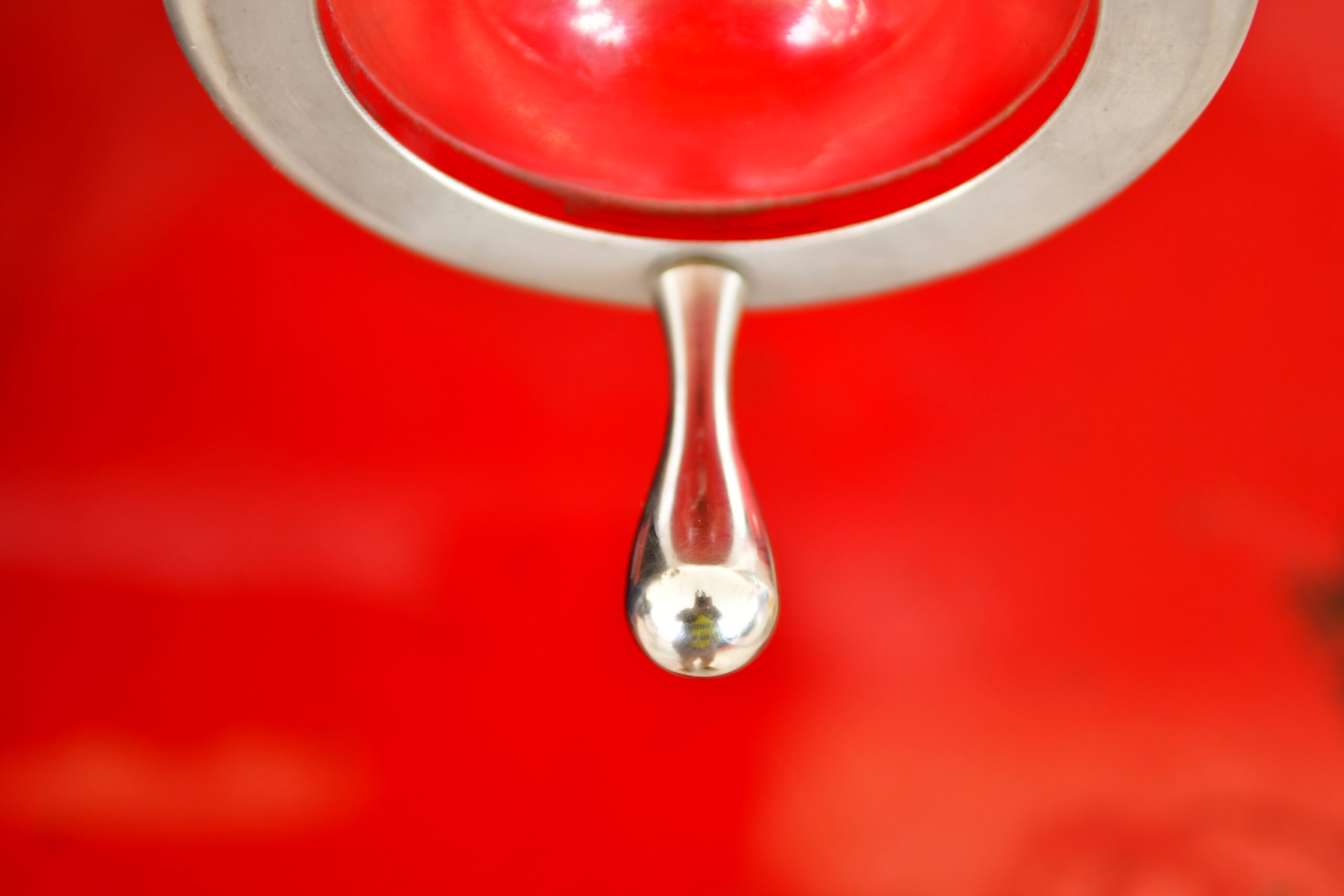Home Grease Trap Cleaning: Maintain Your Home Clean
Ever considered the function of a apparently simple gadget in preventing costly plumbing issues? Home grease trap cleaning goes beyond simple cleanliness; it’s a vital element of maintaining your plumbing system’s condition. By stopping fats, oils, and grease (FOG) from accumulating, it ensures your home remains a safe and clean environment. Engaging with experienced experts in grease trap services guarantees effective waste management and avoids the cost of future repairs. This article will examine the importance of grease trap upkeep and provide essential advice on maintaining your living area effectively.
Understanding the Importance of Home Oil Traps
Home grease traps are essential for keeping drainage systems clean and effective. They capture cooking oils, fats, and waxes before they enter the sewer. This knowledge helps homeowners grasp the important role these systems have in their plumbing.
What is a Home Oil Trap?
A home septic tank inspection is a gadget that captures and separates grease from wastewater. It’s usually located under kitchen sinks or outside the home. These devices prevent grease accumulation in pipe systems. Despite being more compact than commercial models, they are just as efficient in managing household waste.
The Role of Oil Traps in Preventing Plumbing Issues
Understanding how grease traps work is key to averting plumbing problems. They capture fats and oils, decreasing blockages and backups in sewage lines. Consistent maintenance keeps the system running well, guaranteeing waste flows freely. This simple step can prevent costly repairs from pipe emergencies.
How Home Grease Trap Cleaning Works
Keeping your home’s grease trap clean is essential for a well-functioning plumbing system. Understanding the steps and tools involved in the grease trap cleaning process is crucial. This understanding empowers homeowners to manage their grease traps effectively.
The Cleaning Process Explained
The cleaning process starts with taking off the trap lid. This step allows access to the trap’s interior. It’s crucial to inspect the trap’s condition for any signs of wear or damage after removing it.
Next, removing the accumulated grease and debris is required. Scraping and scooping are effective methods for this. Finally, washing the interior surfaces improves cleanliness and effectiveness. Regular cleaning is crucial for maintaining grease traps and averting pipe problems.
Tools and Equipment Needed for Effective Cleaning
Having the right tools and equipment is essential for effective cleaning. Here are the necessary items required:
- Pry bar for lifting the trap lid
- Buckets for gathering waste
- Scrapers for removing grease accumulation
- Specialized cleaning agents to wash surfaces
- Protective gloves and eyewear for safety
Using these tools guarantees a thorough and efficient cleaning process. If you’re inexperienced to this task, hiring professional services can improve efficiency and save time.
Residential Oil Trap Cleaning: Best Practices
Keeping your home’s plumbing system in excellent shape requires maintaining a home grease trap. Following best practices extends the life of your grease trap and prevents expensive repairs. It’s crucial for homeowners to understand the maintenance schedule and signs of grease trap issues.
Frequency of Cleaning and Maintenance
Cleaning your home grease trap every three months is advised for optimal performance. The size of your household and your cooking habits can influence how often you need to clean it. Regular cleaning avoids grease buildup, ensuring the trap works effectively and prevents future plumbing problems.
Signs Your Grease Trap Needs Care
Homeowners should look for indicators that suggest grease trap issues. Common signs include:
- Unpleasant odors coming from drains.
- Slow drainage in sinks and tubs.
- Visible grease buildup around the drain area.
Addressing these indicators promptly through preventative maintenance can save money and avoid more severe pipe issues. Regular inspections ensure your grease trap remains in good working order for years to come.
Benefits of Regular Oil Trap Maintenance
Many homeowners overlook the benefits of maintaining residential grease traps. Regular maintenance maintains systems operating smoothly and is crucial for plumbing health. It ensures peak performance and enhances the functionality of kitchen drainage systems.
Preventing Sanitary Sewer Overflow
One key benefit of grease trap maintenance is avoiding sewer overflows. Oil and solids build-up in neglected traps can create blockages, interrupting wastewater flow. Regular cleaning and inspections reduce blockage risks. A well-kept system prevents sewer backup costs and health hazards from overflows.
Improving Drainage System Efficiency
Consistent maintenance of grease traps significantly enhances drainage efficiency. A clean trap ensures uninterrupted flow, decreasing clog risks. This efficiency aids a well-functioning pipe system. Homeowners experience fewer pipe problems and save on long-term drainage management costs.
| Maintenance Aspect | Advantages |
|---|---|
| Regular Cleaning | Prevents clogs and backups |
| Inspection | Detects potential issues early |
| Enhanced Efficiency | Increases flow in drainage systems |
| Cost Savings | Lowers repair and emergency service expenses |
Grease Trap Pumping Services: When to Call a Professional
While many homeowners opt for DIY cleaning, some tasks demand expert grease trap pumping services. Professionals in grease trap cleaning guarantee thorough and secure work. They use advanced equipment not available to most individuals. Knowing when to call professionals can save time and prevent pipe issues later.
Comprehending the Requirement for Professional Services
Signs indicate it’s time for professional grease trap cleaning. Overflows, foul odors, and slow drainage indicate your trap can’t manage waste anymore. Expert cleaning not only solves these problems but also ensures the trap works well.
What to Anticipate from Your Oil Trap Service Provider
Expect a thorough assessment from your grease trap service provider. They will conduct timely inspections, perform thorough cleaning, and remove of waste properly. Additionally, they’ll offer advice on maintaining your grease trap. This aids you manage upkeep to prevent future issues.

